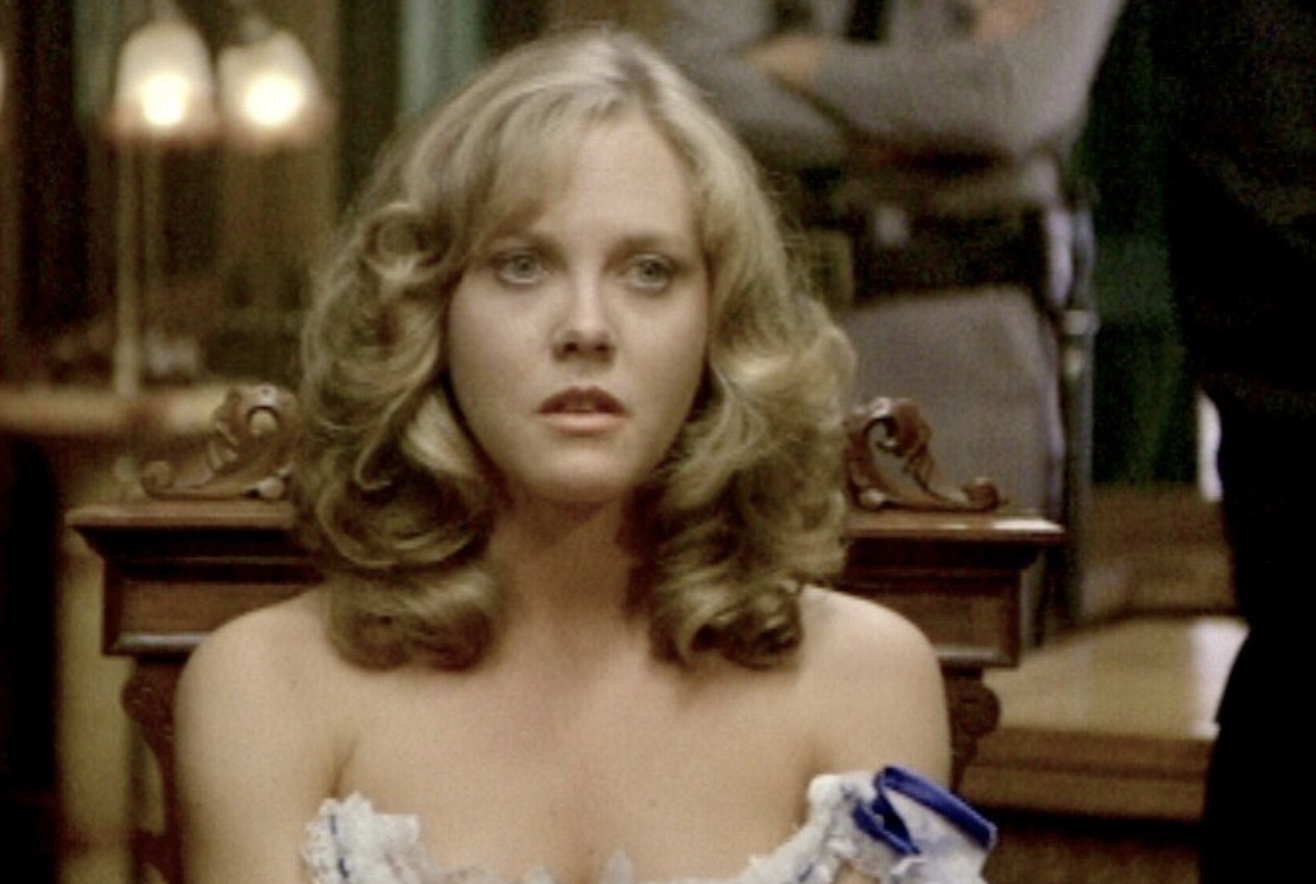Bonnie Bartlett entered the world in 1929, long before television had learned to walk, let alone talk. She came from Wisconsin Rapids—ice, river water, and a father who once drifted from town to town doing stock theatre until a wife and a baby pulled him back to earth. That acting spark didn’t die, though; it just sat there smoldering until Bonnie picked it up like a family heirloom no one remembered to wrap.
She grew up in Moline, Illinois, the kind of place where you learn discipline or you learn misery—she chose the first. Graduated high school in ’47, went to Northwestern, and took her degree in 1951, the same year she married William Daniels, the guy who would later be the voice of KITT, the stern backbone of St. Elsewhere, and the man she’d spend seventy-plus years with. Hollywood marriages are usually measured with an egg timer; Bonnie and Bill have outlasted whole geological epochs.
Her career starts in the early ’50s, back when TV shows aired live and actors prayed their lungs wouldn’t fail mid-monologue. Love of Life gives her the first real foothold—Vanessa Dale Raven, the heroine who cries, suffers, wipes her face, and does it again the next afternoon. Daytime drama is a job like digging coal: endless, repetitive, unforgiving, but it builds stamina in the people who survive it. Bonnie survives.
She spends the ’60s bouncing through guest spots, dropping in on primetime like an uninvited dinner guest who always brings something good. She doesn’t burn hot; she simmers—slow, steady, inevitable. Then Little House on the Prairiecomes along. Grace Snider Edwards. Soft-spoken, warm, the kind of character who slips into a show and quietly begins rearranging the emotional furniture. Michael Landon knew what she was worth; you can see it in how her storyline grows from a whisper into something that feels like the spine of the frontier family she marries into.
But it isn’t until St. Elsewhere that Bonnie Bartlett becomes undeniable. Ellen Craig—loyal, strong, furious, wounded, resilient. The wife of Dr. Mark Craig, played by her real-life husband. And their scenes together? You can’t fake that kind of history. The warmth, the venom, the disappointment, the bruised devotion—they drag marriage out into the light and tell it to sit still while they examine it. In the mid-’80s, television starts getting darker, braver, messier, and Bonnie rides the wave like she’s been waiting for it her whole life.
In 1986, she and Bill both win Emmys on the same night—the first married couple to do it since the legendary Lunt and Fontanne. Academy history books add a new chapter. The two of them stand onstage with the kind of intimacy that only comes from weathering every season together: early hunger, career frustrations, a child lost after a day of breath, two adopted sons, and all the private heartbreaks the public never earns the right to see.
After St. Elsewhere ends in ’88, Bonnie could have settled into the warm velvet couch of retirement, but that’s not her. She floats from one TV world to another: V, North and South, Boy Meets World (playing the dean who marries her husband’s character—art and life nodding politely to one another), Wiseguy, seaQuest, Home Improvement, ER. She becomes part of the DNA of American television, showing up everywhere, the dependable breath in scene after scene.
She plays Arnold Schwarzenegger and Danny DeVito’s mother in Twins, which delights her because why the hell not? She pops into the machinery of the Screen Actors Guild, serving on the board with the same energy she brings to her characters: practical, grounded, unpretentious.
Her personal life is the long game most people don’t have the endurance for. Bonnie and Bill marry in 1951 and stay married into the 2020s, past their 90s, past the point where most people still know where their keys are. They suffer through losing their firstborn after 24 hours. They adopt two sons. They carry each other through the decades like twin oaks whose roots grew together under the soil. In 2025, the headlines call them the oldest married couple in Hollywood—a record no one else even approaches.
But Bonnie Bartlett isn’t just longevity. She’s proof that a career doesn’t have to be a firework to matter. Some people burn slow. Some people outlast the trends, the cancellations, the fashions, the tides.
She is that rare thing: a working actor who never lost her craft, her dignity, or the thread of her own life while weaving herself through everyone else’s stories. A woman who moved through seven decades of the business without letting it warp her edges.
The world gets loud, actors flame out, shows disappear.
Bonnie Bartlett stays.

